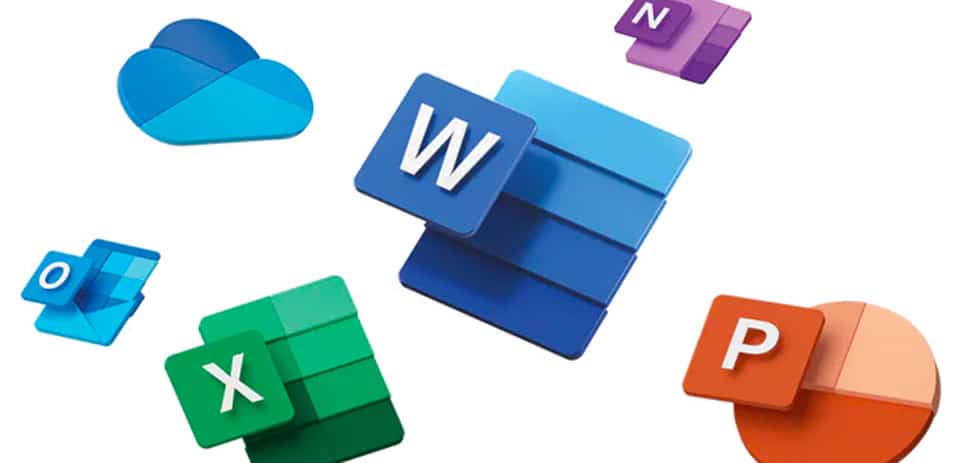As communicated previously in MC198427 (Dec ’19) Office 2016 for Mac and Office 2010 will reach their end of support on October 13, 2020. After this date, Microsoft will no longer provide technical support, bug fixes, or security updates for Office 2016 for Mac and Office 2010. You will still be able to use these versions of Office, but over time, organizations may face an increase in security risks and compliance issues.
Also, as previously announced, after October 13, 2020, customers will need to be running Microsoft 365 Apps, Office 2019 or Office 2016 to connect to Office 365 services. Microsoft will not take any active measures to block legacy versions of the Office client from connecting to Office 365 services, but these older clients may encounter performance and/or reliability issues over time. For related Office client support timelines, see the Microsoft 365 and Office system requirements matrix.
Key Points:
- Major: Retirement
- Timing: October 13, 2020
- Action: review and assess
[How this will affect your organization:]
If your organization is still running Office 2016 for Mac or Office 2010 after October 13, 2020, they will no longer receive technical support, security fixes, or bug fixes from Microsoft.
If your organization is running any Office client older than Office 2016, Microsoft will not take any active measures to block them from connecting to Office 365 services. However, legacy clients attempting to connect to a modern, always-up-to-date cloud service may experience performance and reliability issues. Customers will face an increased security risk, and may find themselves out of compliance depending on specific regional or industry requirements. Microsoft Help may not be able to resolve issues that arise due to unsupported service connections.
[What you need to do to prepare:]
Because of the changes listed above, we strongly recommend that you upgrade to one of the latest versions of Office as soon as possible:
- Microsoft 365 Apps, the subscription version of Office that comes with most Office 365 enterprise plans. Microsoft 365 Apps can be installed on up to five PCs or Macs, five tablets, and five mobile devices.
- Office 2019, which is a one-time purchase and available for one PC or Mac per license.
A key difference between Microsoft 365 Apps and Office 2019 is that Microsoft 365 Apps is updated on a regular basis with new features. Office 2019 has the same set of features that it had when it was released in October 2018. Prior to deploying either version, please check the System requirements for Microsoft 365 and Office as well as the Microsoft 365 and Office system requirements matrix to ensure that the version you choose is supported on the operating system you are using.
In order to identify users on Office 2010 and Office 2013 clients, deploy Microsoft 365 Apps or a supported non-subscription version of Office to those desktops, and ensure that they will have supported access to Office 365 services after October 13, 2020, there are two Microsoft Endpoint Configuration Manager dashboards (updated as part of version 1902) that you can use:
- the Configuration Manager Product Lifecycle dashboard allows you to see which versions of Office are running on your desktops, to determine which will need updated Office apps to help ensure a seamless connection to Office 365 services
- the Microsoft 365 Apps Upgrade Readiness report on the Office 365 client management dashboard helps to identify desktops in your organization that are ready to upgrade to Microsoft 365 Apps.
Additional information:











